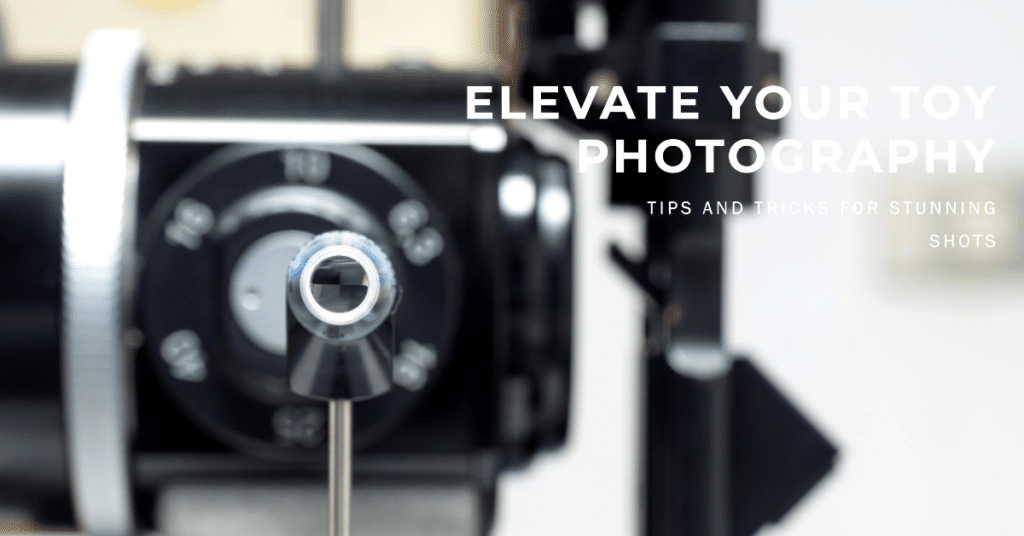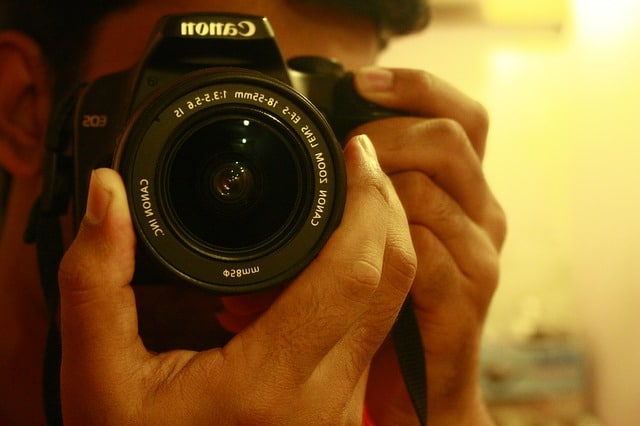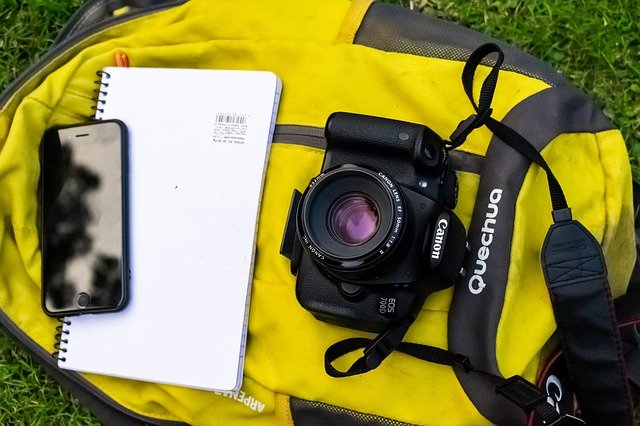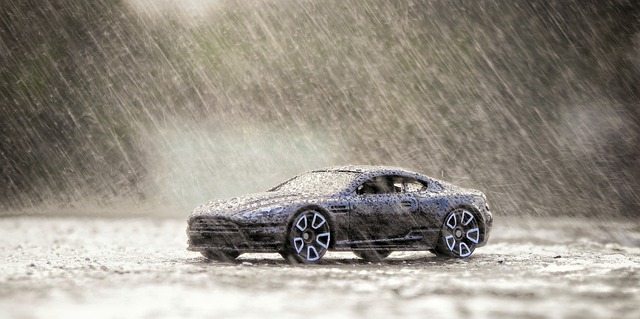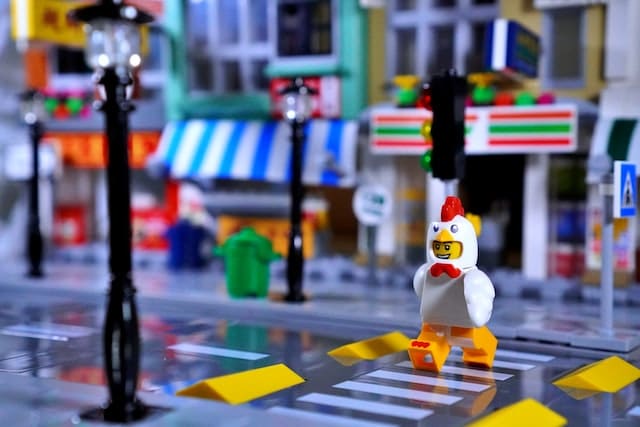Ready to take your toy photography to the next level? In this article, we’ll show you how to enhance your skills and create captivating images that stand out. From mastering composition techniques to exploring creative lighting and utilizing macro photography for intricate details, you’ll learn the secrets to creating stunning toy photos. We’ll also share tips on enhancing mood, incorporating props, and editing your images for that perfect finishing touch. Get ready to impress your friends and followers with your amazing toy photography!
Mastering Composition Techniques
You should focus on using leading lines to create a sense of depth and perspective in your photographs. Leading lines are powerful compositional tools that guide the viewer’s eye towards the main subject of your photo. By incorporating these lines into your toy photography, you can add a sense of depth and make your images more visually interesting.
Look for natural or man-made lines in your environment, such as roads, pathways, or fences, and position your toys along these lines. This will create a visual pathway that draws the viewer’s attention towards the subject and adds an element of depth and perspective to your composition. Experiment with different angles and perspectives to find the most effective use of leading lines in your toy photography.
Exploring Creative Lighting Techniques
Once you understand the basics of lighting, you can experiment with different creative lighting techniques to enhance the mood and atmosphere of your toy photography. By playing with light, you can create stunning effects that bring your toys to life and add depth to your images.
One technique you can try is backlighting, which involves placing a light source behind your subject to create a glowing effect. Another option is using colored gels on your lights to add a pop of color and create a more dynamic composition. Additionally, you can experiment with shadows and silhouettes by positioning your lights at different angles. Don’t be afraid to think outside the box and try unconventional lighting setups to create unique and captivating toy photographs.
Utilizing Macro Photography for Toy Details
If someone wants to capture the intricate details of their toys, they can use macro photography and a macro lens to bring out the small features that may go unnoticed. With macro photography, you can get up close and personal with your toys, revealing the tiny textures, patterns, and imperfections that make them unique.
By using a macro lens, you can magnify the subject and create stunning images that showcase every tiny detail. Whether you’re photographing action figures, dolls, or model cars, macro photography allows you to explore a whole new world within your toys. You can capture the fine lines on a miniature face, the intricate designs on a tiny outfit, or the subtle weathering on a small vehicle. So grab your macro lens, get down to the toy’s level, and let the small details shine in your photography.
Enhancing Mood and Atmosphere in Toy Photography
To enhance the mood and atmosphere in your toy photography, try experimenting with different lighting techniques and incorporating props and backgrounds that complement the theme. Lighting plays a crucial role in setting the tone of your photos. Consider using natural light for a soft and warm feel, or try utilizing artificial lighting for a more dramatic effect. Experiment with different angles and shadows to add depth and dimension to your shots.
Props and backgrounds are also great tools to enhance the overall atmosphere. Choose props that relate to the theme or character you are photographing, and select backgrounds that complement the story you want to tell. Whether it’s a miniature cityscape or a serene nature scene, the right props and backgrounds can truly bring your toy photography to life. So go ahead, get creative, and let your imagination shine through your lens.
Incorporating Props and Backgrounds to Tell a Story
When setting up your toy photography, remember to carefully choose props and backgrounds that tell a story and create a captivating visual narrative. Props and backgrounds play a crucial role in bringing your toy photographs to life. Consider selecting props that are not only visually interesting but also relevant to the scene you want to create; this adds depth and context to your images. Additionally, incorporating toy photography reflection techniques can enhance the overall impact of your photos by introducing layers of complexity and intrigue. By thoughtfully arranging your scene and experimenting with reflections, you can create striking compositions that engage viewers and invite them to explore the story behind each shot.
Consider the theme or storyline you want to convey and select props that complement it. Whether it’s miniature furniture, vehicles, or tiny accessories, these props can help establish a specific setting or create a sense of action and drama. Additionally, the background you choose can enhance the overall mood and atmosphere of your photos. A simple plain background can highlight the subject, while a detailed or scenic background can provide context and depth. Experiment with different props and backgrounds to find the perfect combination that tells a compelling story and engages your audience.
Editing and Post-Processing Tips for Toy Photography
Use the right amount of saturation and contrast in your editing to make your toy photography pop and grab viewers’ attention. Editing and post-processing are essential steps in taking your toy photography to the next level. By adjusting the saturation, you can enhance the colors of your toys and make them stand out in the photograph. Don’t be afraid to play around with contrast to create a dynamic and eye-catching image. Increasing the contrast can add depth and make the details of your toys more pronounced.
However, it’s important to find the right balance so that your photo doesn’t look over-edited. Experiment with different editing techniques and remember to trust your creative instincts. With the right editing, you can truly make your toy photography shine.
Showcasing Your Toy Photography on Social Media and Building a Following
If you want to build a following for your toy photography on social media, make sure to engage with your audience and respond to their comments and questions. Building a community of loyal followers requires interaction and connection. When someone takes the time to leave a comment or ask a question, it’s important to acknowledge their efforts and respond in a timely manner. This shows that you value their engagement and appreciate their support. Interacting with your audience also helps to establish a relationship and build trust, which can lead to increased engagement and a stronger following.
So, take the time to respond to comments and questions, and don’t be afraid to start conversations with your audience. Remember, building a following is not just about showcasing your work, but also about connecting with the people who appreciate it.
Conclusion
Congratulations on taking the first steps to elevate your toy photography to the next level! By mastering composition techniques, exploring creative lighting, utilizing macro photography, enhancing mood and atmosphere, incorporating props and backgrounds, and honing your editing skills, you are well on your way to creating stunning and captivating toy photographs. Remember to showcase your work on social media and build a following to share your passion with others. Keep pushing your creative boundaries and never stop experimenting. Happy shooting!

